The content of the article
Bemeria is a decorative indoor plant belonging to the nettle family (another name is false nettle). In total, there are more than one hundred species of these plants. The name of the plant was in honor of the German scientist Georg Bomer. This is a small shrub, however, among representatives of this species there are quite large specimens (up to 5 meters in height) that resemble mini-trees in shape. The stems resemble the appearance of tree trunks due to the presence of a brown bark at the bottom, which indicates the dense structure of the stem. This plant can be found almost everywhere where there is a tropical and subtropical climate. The birthplace of this plant is considered to be Mexico.
In a room, as a rule, this plant is not contained; it is usually used as a decorative decoration near residential premises or in alleys and parks. Decorators and designers are very fond of it, because this plant fits perfectly into almost any interior. The best thing about a plant is its unpretentiousness. It may even contain a beginner grower, it will be enough for him to read a few tips for caring for the plant.
The most remarkable thing about this plant is the leaves, which captivate with their beauty and size. They are quite wide in shape and have serrated edges. Flowering in the plant is a small flower, similar in shape to nettle inflorescences.
Plant care
This plant loves to be in the light, but can stand in the shade for a couple of hours a day. However, you should not expose the plant to scorching sunlight on a hot summer day if you do not want to get a leaf burn. Therefore, it is best to put boemeria in place with a shadow. The temperature at which the plant feels comfortable ranges from +18 to +20 degrees. Oriental windows are ideal for growing.
Watering
Water for irrigation in the summer is not required much. Humidity in our area allows her to feel comfortable, and in winter it needs to be watered completely. But, since the plant loves moisture, it is recommended to spray the leaves with warm water, which must first be settled.
How to plant boemeria
- garden land (1 part)
- humus leaves (2 parts)
- peat (1 part)
- sand (1 part)
Fertilizer Methods
You can feed the plant once or twice a month with organic fertilizer. The best option for fertilizing will be fertilizer for ornamental plants.
Transplanting an amazing plant of boemeria
The most suitable season is spring. If this is a young plant, then in the first three years it is transplanted every year, but gradually the frequency of this process decreases. When transferring the plants to the pot, be sure to put a layer of drainage on the bottom. This will help reduce excessive moisture. It is only necessary to transplant boemeria when the root system has completely entangled the lump of earth. Transplanted by transshipment. In spring, the bare shoots are cut off to make the plant rejuvenated.
Breeding methods
There are several ways to propagate: by seed, division, and cuttings. Doing business in the spring. This is a very productive method that allows you to get several plants from one at once.
Also propagation using cuttings is very popular among flower lovers. The fact is that this method allows during the growing season to increase the number of plants in the garden. Cuttings are planted in the ground with sand.It takes about four weeks to get used to the soil.
Diseases and insects harmful to the plant
The main enemies of this plant are aphids and ticks, which are eliminated by spraying the plants with a solution of soap and water. If the leaves have excess moisture, then they begin to blacken and dry. However, with insufficient moisture, the plant also feels uncomfortable. When aphids breed on plants, the leaves become sticky. To eliminate pests, you can use special drugs against insects.
Varieties of boemeria
- Large leaf. This plant always retains its green color under any conditions. It grows and develops in the form of a tree 4 meters high, less often 5. Stems change their color to brown with age. The leaves are large enough, rough to the touch. Flowers look like ears of corn. The color of the flowers is pale.
- Silvery. This species is distinguished by leaves that are coated with silver plaque.
- Cylindrical. This is a perennial plant. It got its name because of the shape of the leaves.
- Two-bladed. It can grow up to 2 meters in height. The leaves are oval, rough, with serrated edges.
- Snow-white. The stems are in a straight position. The leaves are heart-shaped, small, covered with white coating. The leaf above is green. Elongated adult fruits.
Entertaining facts
- This plant was distributed in China as a separate crop, because it has excellent properties for spinning. To this day, various types of boemeria grow on those lands, which are used to produce fiber, which is actively used in industry.
- Bemer fiber has high strength and is almost not subject to rotting, so it is often used in the manufacture of ropes. Previously, it was used in the manufacture of sails.
- Bemeria is used in the manufacture of expensive fabrics, since the structure of the fiber is very similar to the structure of silk and lends itself to very light color, while the fiber does not lose its silky structure.
- Interesting information will be for fans of wearing jeans, because fiber of boemeria is actively participating in their creation. The material is lightweight and breathable.
- Plant fiber is also part of the paper industry.
- An interesting fact is that ramie fiber is a very ancient material that has been used by man since ancient times. If we take into account the findings made by archaeologists within Kiev, then in the graves of the Scythians (3rd century BC) already then there were fabrics containing the fibers of this plant.
- Bemeria came to Europe only during the reign of the English Queen Elizabeth 1 (16-17 century) in the "Golden Age". During the reign of this queen, expensive fabrics from all over the world were brought to England. Fabrics using bemeria from China and Japan became no exception. They were then called fabrics from "Chinese nettles." In the Netherlands, these expensive fabrics were brought from the island of Java, which were called Batiste in France. The Dutch industry also produced many materials, the raw materials for which were precisely the fibers of boemeria.
- In the Soviet Union, they tried to cultivate wounds for a similar application, but the results were negative. In tsarist Russia, white-flowered bemeria was cultivated everywhere.
Thus, it can be noted that this plant is a unique natural creation and everyone can grow it.

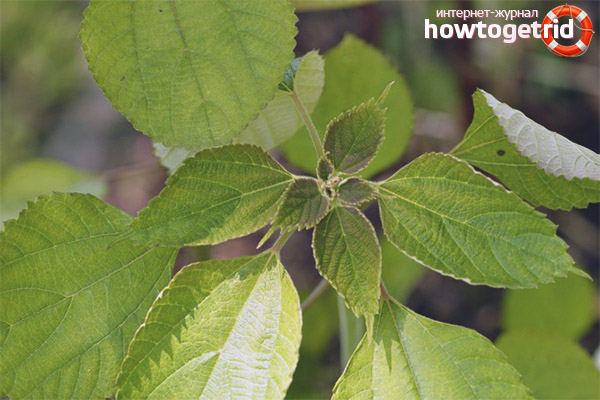
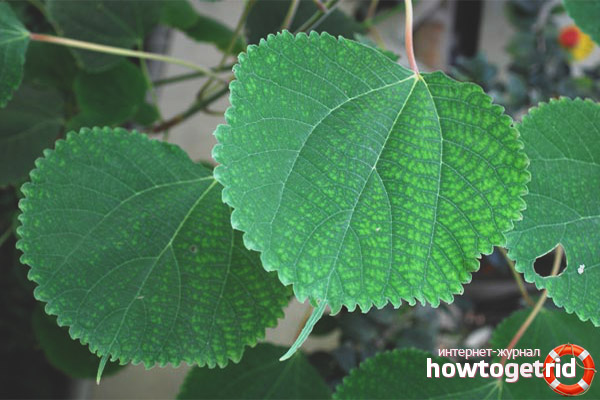

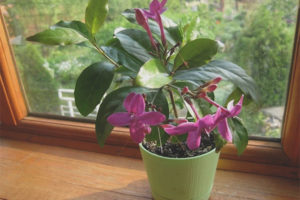



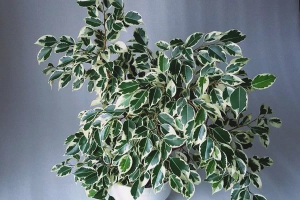

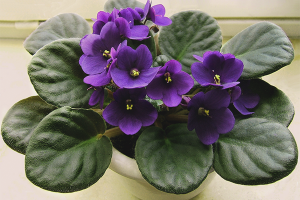
Submit